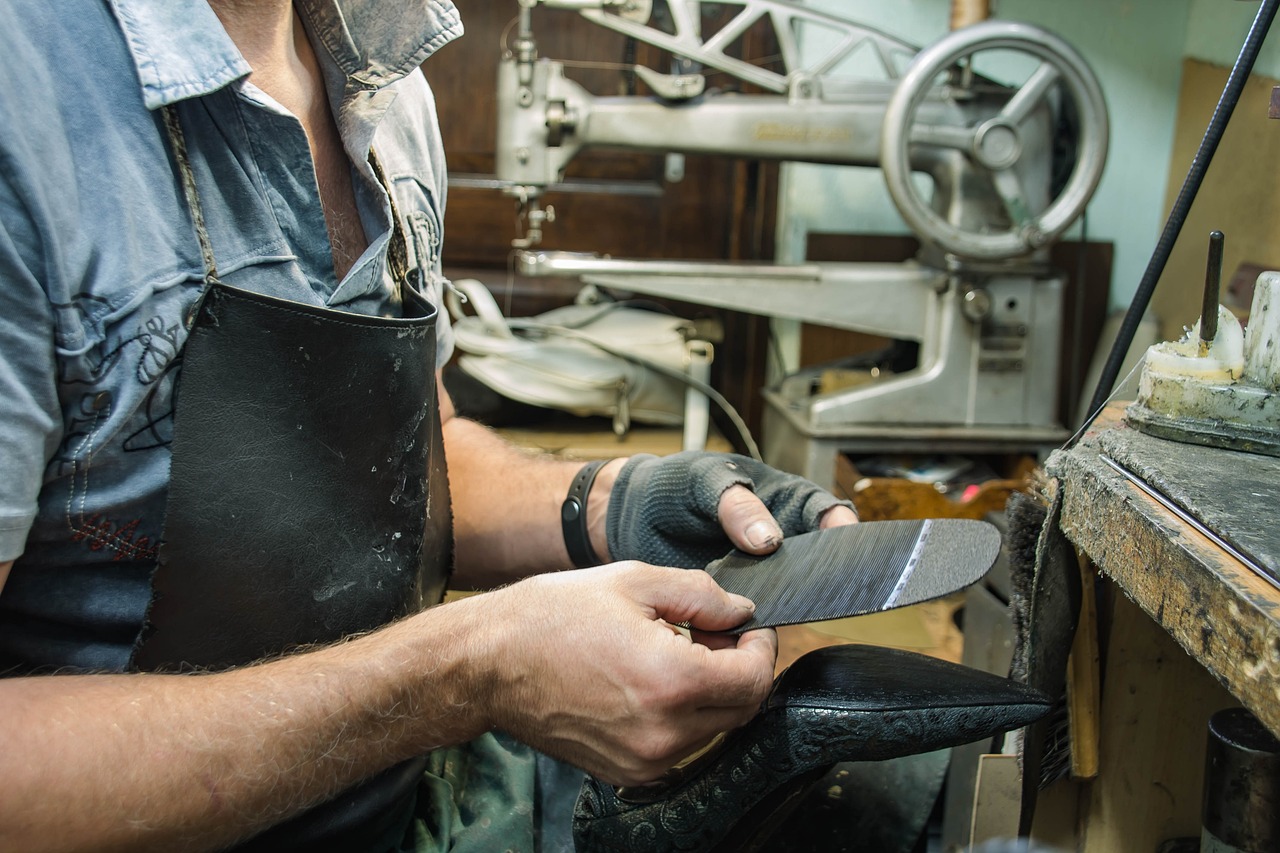We’ve all been there. You see a sleek new gadget online—made from bamboo, labeled “eco-friendly,” and on sale. It feels like a win for the planet and your wallet. You hit “buy” without thinking twice.
But here’s the catch: even “green” products come with a cost. They still require energy, materials, packaging, and shipping. And often, they end up forgotten in a drawer or tossed after a few uses. Buying more—even if it’s labeled “sustainable”—is still consuming more.
At Runarbo, we believe sustainability isn’t found in the checkout cart. It starts long before that—with a pause, a question: Do I really need this?
Instead of chasing the next “green” thing, we encourage something deeper: conscious restraint.
Because the most sustainable product is the one you already own.
And the boldest climate action might just be choosing not to buy at all.
The Hidden Impact of “Sustainable” Consumption
Just because something is labeled “eco-friendly” doesn’t mean it has no impact. Every product—yes, even the reusable water bottle made from recycled steel—comes with a footprint.
Making any new item requires raw materials, energy, transportation, and packaging. That’s called the life cycle impact—from the first resource mined to the last mile delivered. Even green products can carry high emissions, especially if they’re mass-produced, shipped globally, or wrapped in plastic.
And here’s another problem: we often buy more when something seems sustainable. This is called the rebound effect—feeling good about buying “better,” so we buy more. Think of owning five reusable shopping bags when one would do, or replacing your perfectly good phone with a “greener” model.
At Runarbo, we believe in a different approach:
Less is better than better.
Instead of chasing the next “sustainable” trend, focus on fewer, longer-lasting items. The most eco-friendly choice might not be a new product—it might be no product at all.
Why Repairing Is a Radical Act
We live in a throwaway world. Phones are built to break, clothes fall apart after one season, and replacing something is often cheaper than fixing it. This isn’t by accident—it’s called planned obsolescence, and it’s built into many products.
But here’s the good news: more people are starting to push back. Choosing to repair instead of replace is becoming an act of resistance. It says: “I don’t accept a system that treats products—and people—as disposable.”
Repairing has powerful benefits:
🟢 Lower carbon footprint – Fixing something you already own avoids the emissions of making and shipping a new one.
🟢 Skill-building and empowerment – Whether it’s sewing a patch or swapping a battery, repair helps you learn, solve problems, and take control.
🟢 Cost savings over time – A repaired product often lasts longer than a new cheap one, saving you money in the long run.
At Runarbo, we celebrate repair-friendly products. Our Durability Score includes whether something can be fixed—and how easy it is to do. Because a world that repairs is a world that cares.
Reuse: Breathing New Life Into Old Things
Not everything has to be new to be good.
Some of the best products out there are secondhand—solid wood furniture that’s been around for decades, old-school hand tools that still work perfectly, or vintage clothes made to last far longer than today’s fast fashion.
Reusing what already exists is one of the most powerful—and practical—ways to reduce waste. And there are more ways to do it than ever:
🟢 Buy secondhand through trusted platforms like Vinted, Back Market, and local resale shops
🟢 Borrow what you need from tool libraries or community lending centers
🟢 Upcycle and repair instead of replacing—turn an old table into a new desk, or patch that worn jacket
🟢 Embrace hand-me-downs, swaps, and shared ownership models
Reuse also connects us to something deeper: emotional durability. When we keep and care for things that have meaning—a coat from a grandparent, a lamp that’s lit a thousand meals—we create stories, not just stuff.
At Runarbo, we support this kind of relationship with products. Because the more we reuse, the less we waste—and the more we value what truly matters.
Resist: When Not Buying Is the Best Choice
Sometimes the most sustainable choice is… nothing at all.
In a world filled with sales, ads, and endless “must-haves,” we’re constantly told we need more. A new version, a better upgrade, a limited edition. But often, these are wants—not real needs.
Advertising and trends are designed to make us feel like we’re missing out. They create pressure to keep buying, even when what we already have is enough.
At Runarbo, we believe that resisting unnecessary consumption is a powerful act. It’s not about depriving yourself—it’s about caring.
Caring for the planet by avoiding waste.
Caring for yourself by saving money and reducing clutter.
Caring for others by living with intention, not impulse.
Consuming less doesn’t mean doing less. It means doing more with what you already have. And that’s a radical kind of freedom.
Conclusion: The Power of Stillness
In a world that moves fast and tells us to always want more, choosing to pause is an act of resistance.
Stillness gives us clarity. It helps us ask: Do I really need this? Will it last? What impact will it have? These small moments of reflection can change everything.
The most sustainable choice isn’t always the newest product—it might be waiting, repairing, or doing nothing at all.
At Runarbo, we’re here to support that stillness.
To help you choose wisely, repair what matters, and feel good about saying no.
🟢 Explore our product directory
🛠️ Share your favorite repair success story
🌱 Reflect on a time you chose not to buy—and felt better for it
Because consuming less isn’t giving up. It’s growing a new way to live.

Comments are closed